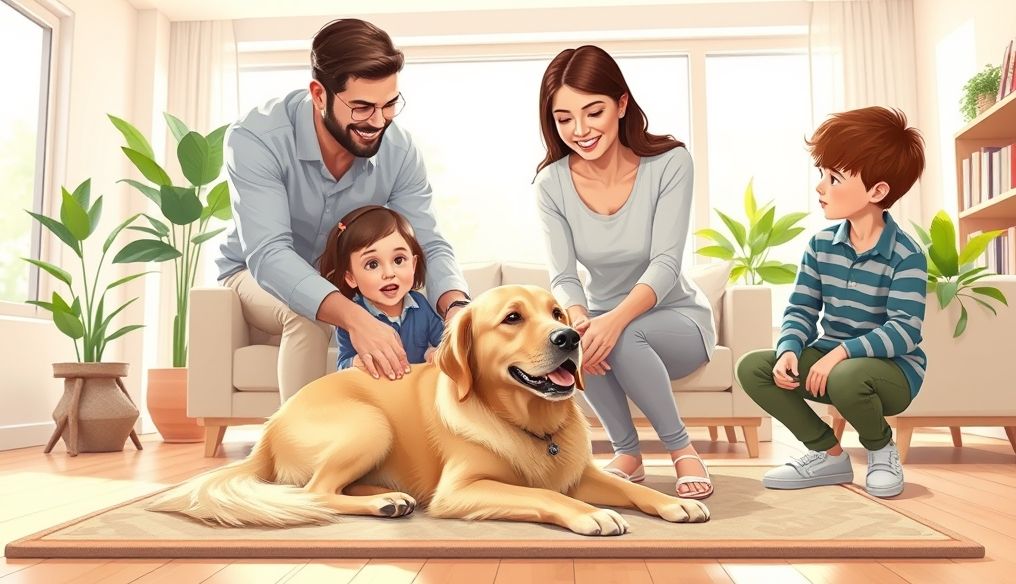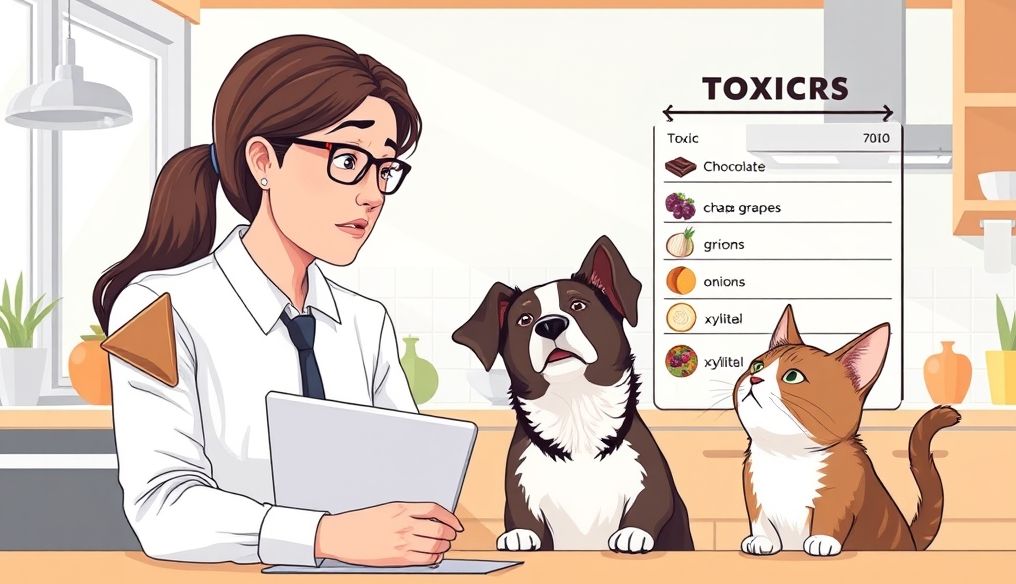Introduction: The Right Companion for Life
Pets bring joy and companionship to our lives, but choosing the right animal requires careful thought. Before rushing to adopt a kitten or a cute puppy, it's essential to assess your lifestyle, budget, living space, and ability to provide the necessary care. This article is your comprehensive guide to choosing the perfect companion.
Chapter 1: Analyzing Your Lifestyle
1. Available Time:
How much time can you dedicate daily to a pet? Do you have a full-time job? Do you travel often? Dogs need daily walks and playtime, while cats may be more independent. Small animals like hamsters or fish require less time, but they still need attention.
2. Activity Level:
Are you an athletic and active person? A dog might be an ideal companion for you. If you prefer spending time at home, a cat or rabbit might be a better choice. Keep in mind that some dog breeds require more exercise than others.
3. Home Environment:
Do you live in a small apartment or a large house with a garden? Some animals need more space to roam. Do you have young children or other pets? The new animal should be compatible with your other family members.
Chapter 2: Identifying the Right Type of Pet
1. Dogs:
Dogs are loyal and loving companions, but they require a lot of time and attention. They need daily walks, training, and socialization. Dog needs vary by breed. Some breeds are prone to certain health problems. The cost of owning a dog can be significant, including food, veterinary care, toys, and training.
2. Cats:
Cats are more independent than dogs, but they still need love and attention. They need a clean litter box, food, water, and some toys. Cats can be a good choice for people who have less time or smaller spaces. However, cats may cause allergies for some people.
3. Small Animals (Hamsters, Rabbits, Guinea Pigs):
Small animals are good options for people looking for a low-maintenance pet. However, they still need care and attention. They need a clean cage, food, water, and some toys. Small animals can be a good choice for children, but they should be supervised while interacting with the animal.
4. Birds:
Birds can be fun and entertaining pets. However, they can be noisy and messy. They need a large cage, food, water, and plenty of attention. Some birds can live for a very long time, so make sure you are prepared for a long-term commitment.
5. Fish:
Fish are a good option for people looking for a quiet and easy-to-care-for pet. They need a clean aquarium, food, and water. Fish can be calming and relaxing to watch.
Chapter 3: Assessing the Budget
Owning a pet involves various costs. You should be prepared to cover the following expenses:
- Food: The cost of food varies depending on the type and size of the animal.
- Veterinary Care: Routine checkups and vaccinations are necessary to keep your pet healthy. You may also need to pay unexpected costs in case of illness or injury.
- Toys and Supplies: Pets need toys and other supplies to keep them happy and stimulated.
- Training (for Dogs): Training is essential to ensure your dog is obedient and socialized.
- Pet Insurance: Pet insurance can help cover unexpected veterinary care costs.
Chapter 4: Evaluating Living Space
The size and type of your home will affect the type of pet you can get. Small apartments may not be suitable for large, active dogs. Homes without yards may not be suitable for dogs that need a lot of space to run. Make sure you have enough space for your pet to feel comfortable and safe.
Chapter 5: Allergies and Sensitivities
If you or anyone in your family has allergies, it is important to choose a pet that does not cause allergies. Some breeds of dogs and cats are considered "hypoallergenic," but this does not mean they will not cause any allergies at all. It is best to spend some time with the animal before adopting it to make sure you do not experience any allergic reaction.
Chapter 6: Long-Term Commitments
Owning a pet is a long-term commitment. Dogs and cats can live for 10-15 years or more. Make sure you are prepared to provide care and love for your pet throughout its life. If you are planning to move or change your lifestyle in the near future, it may be best to wait until you are more stable before adopting a pet.
Chapter 7: Adoption vs. Purchase
There are many pets that need a loving home in shelters and rescue groups. Adoption is a great way to save an animal's life and give it a second chance. Adoption fees are often lower than the cost of buying an animal from a breeder. In addition, adopted animals are often vaccinated and spayed or neutered.
Chapter 8: Interacting with Animals Before Adoption
Before making a final decision, spend some time with the animal you are considering adopting. Play with it, cuddle it, and observe how it interacts with your other family members. This will help you make sure the animal is a good fit for you and your family.
Conclusion: A Thoughtful Decision for Happy Companionship
Choosing the right pet is an important decision that should be made carefully. By assessing your lifestyle, budget, living space, and the needs of your potential pet, you can ensure that you are making the best choice for you and your new companion. Remember, a pet is not just an animal, it is a member of the family.




